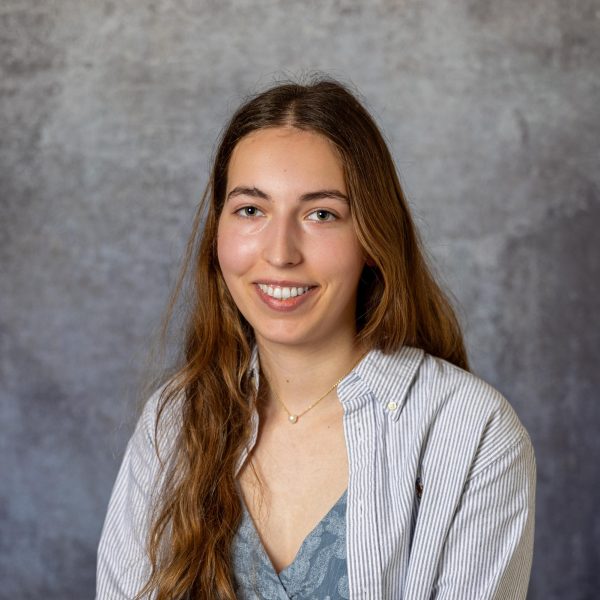At the beginning of the fall semester, the University of Wisconsin Teaching Assistants’ Association released a letter addressed to several of the university’s bioscience-related steering committees asking for an increase in pay for 2025-2026 graduate student workers, according to co-president of TAA and PhD student in microbiology Madeline Topf.
“No grad student makes a living wage to live in Madison,” Topf said. “So we’re really trying to get that as the biosciences students who bring in millions of dollars in grant money, and that will hopefully pull up the stipend for everybody else as well.”
Most UW graduate students are employed through teaching, research or project assistantships, Topf said. This enables them to receive stipends for grading undergraduate coursework, leading discussion classes or assisting in research projects.
TAA is asking UW to increase these stipends to approximately $40,000 per year. But a living wage would be ideal — in Madison, this is about $46,000 per year for a single adult with no children, according to the Massachusetts Institute of Technology.
The university plans to pay bioscience graduate student workers about $36,000-38,000 for next year, Topf said.
TAA is also asking the bioscience departments to remove any unpaid teaching requirements. Currently, some graduate student workers must enroll in an unpaid teaching assistantship for a semester, Topf said.
Though the union is united across all disciplines, TAA’s current proposal focuses on bioscience students partly because Topf and other leaders have personal experience as students in these departments, Topf said in an email to The Badger Herald.
“Another important, and honest, component is that we have a set of effective organizers within biosciences who have come together under my leadership,” Topf said in the email.
TAA is also focusing on bioscience students because the union has held successful campaigns in the past for the biochemistry, cell and molecular biology and microbiology departments, Topf said in the email.
Though TAA is not a certified union under Wisconsin’s Act 10 — which prohibits collective bargaining for Universities of Wisconsin System faculty and academic staff — the union has been fairly successful since it was founded over 50 years ago, professor of labor education Michael Childers said.
“They’ve [TAA] continued to operate on as a worker organization, as a union, and meet and confer with the chancellors,” Childers said. “[But] they’re in a state that doesn’t have really very strong public sector bargaining rights.”
In 2016, the National Labor Relations Board gave graduate students the right to unionize, but only at private universities, according to UnionTrack.
Topf said TAA started the bioscience campaign because many graduate students do not receive a large enough stipend to afford housing in or in close proximity to Madison.
Topf also said it is very important that everyone — rather than only people who can afford to not make a living wage — has access to higher education in science.
Childers said the university likely does not raise stipends because it wants to invest money into other things.
“In this case, it’s not necessarily for cold and cold profit, but yeah, obviously more resources expended in that area mean that there’s less money available for other things — whatever other priorities that the chancellor or central administration might have,” Childers said.
Next year, the university will release a new budget model. Deans are trying to decide how to implement the budget for their respective departments, Childers said.
Following TAA’s release of its bioscience campaign, the Trump administration has issued a series of federal budget cuts including a new cap on the amount of funds research institutions can request from the National Institutes of Health, according to a Feb. 7 X post by NIH. The new NIH cap is 15% compared to the over 60% cap it had issued in previous years, according to the post.
These percentages cap the amount of money institutions can request to cover indirect costs of research — which include administrator’s salaries, laboratory utilities and insurance — compared to direct costs such as research staff salaries, laboratory equipment and publication costs, according to the MIT. The caps define the percentage of the total direct cost of a research project — meaning that now institutions can request up to 15% of the total direct cost in order to pay for indirect costs, according to MIT.
Topf said these budget cuts will negatively impact graduate student research.
“These Trump disruptions are going to set back research significantly even if they don’t hold because … just due to the nature of how the scientific mechanism operates, any disruption will set things back,” Topf said.
TAA’s letter is still collecting signatures and the union hopes to receive many more before the letter is sent out to steering committees, Topf said.



